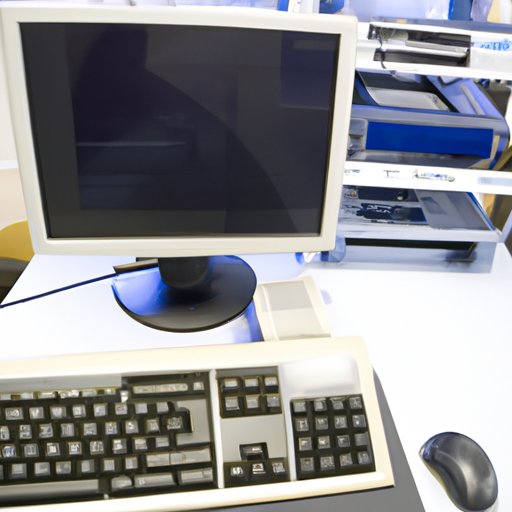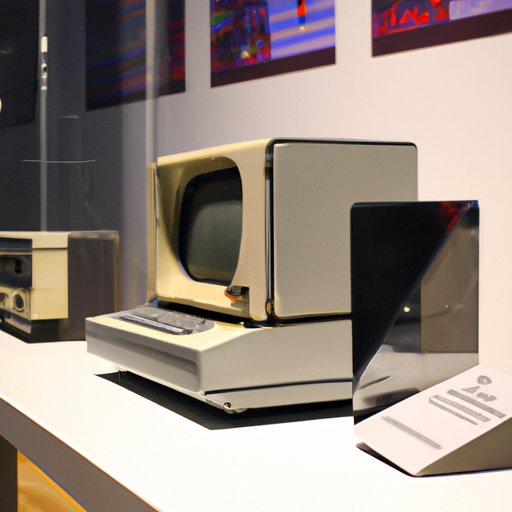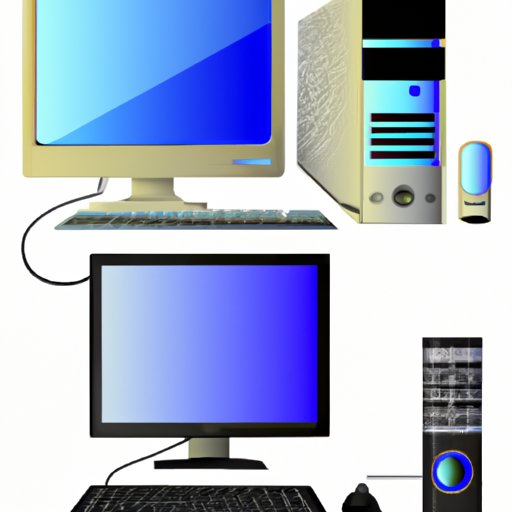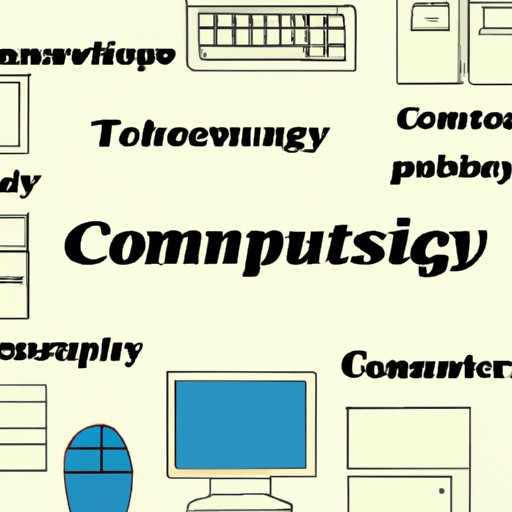
Overview of Computer and Information Technology
Computer and information technology (IT) is the use of computers and telecommunications equipment to store, retrieve, transmit and manipulate data. IT is a broad field that covers all forms of technology used to create, store, exchange, and use information. Examples of IT include hardware such as computers, laptops, tablets and smartphones; software applications such as operating systems, word processors, databases and spreadsheets; networks such as the Internet, intranets, and local area networks; and telecommunications such as telephone, cable television, and satellite TV.
The use of IT has become increasingly important in business, healthcare, education, entertainment, government and other fields. IT is used to support almost all aspects of modern life, from shopping to banking to communication. IT professionals are responsible for designing, developing and maintaining IT systems, which can range from small local networks to large-scale global systems.
Definition of Computer and Information Technology
Computer and information technology is the study, design, development, implementation, support or management of computer-based information systems, particularly software applications and computer hardware. IT deals with the use of electronic computers and computer software to convert, store, protect, process, transmit and securely retrieve information.
IT is sometimes referred to as information technology infrastructure, which includes all the hardware, software, networks and storage systems necessary to support the entire range of activities that are associated with the processing of information. This includes the physical components such as computers, routers, switches and wireless access points, as well as the software applications, operating systems, databases and programming languages.
Benefits of Computer and Information Technology
Computer and information technology provide numerous benefits to businesses and individuals. For businesses, IT allows for improved communication, collaboration, and efficiency. It also enables organizations to make better decisions by providing access to real-time data and insights. For individuals, IT makes it easier to stay connected with friends and family, access entertainment, and shop online. Additionally, IT helps to improve education by providing tools for research, collaboration, and learning.

History of Computers and Information Technology
The history of computers and information technology stretches back thousands of years. Early computing devices included the abacus, the slide rule, and mechanical calculators. In the 20th century, computers were invented that could store and process data more efficiently than their predecessors. Major milestones in computing history include the invention of the first programmable digital computer in 1941, the development of the transistor in 1947, and the launch of the first commercial computer in 1951.
In the 1960s, the invention of the integrated circuit led to the development of the first personal computers. The invention of the microprocessor in 1971 revolutionized computing, and the introduction of the World Wide Web in 1989 made the Internet widely available. Since then, computer and information technology have continued to evolve, with the development of cloud computing, artificial intelligence, and machine learning.

Impact of Computers and Information Technology on Society
Computers and information technology have had a major impact on society. IT has revolutionized the way people communicate, work, and live. It has enabled new forms of commerce, entertainment, and education, and has transformed the way businesses operate. Additionally, IT has enabled the development of new products and services, as well as increased productivity and efficiency. By making information readily available, IT has also had a significant impact on the way people think and learn.

Different Types of Computer Systems
There are several types of computer systems, each designed to serve a specific purpose. Mainframe computers are large, powerful machines used for large-scale data processing. Minicomputers are smaller and less powerful than mainframes, but still powerful enough to handle large amounts of data. Personal computers are the most common type of computer system, used for a variety of applications such as gaming, web browsing, and document creation. Supercomputers are the most powerful type of computer system, used for complex scientific and engineering calculations. Finally, networked computers are computers that are connected to each other over a network, allowing them to share information and resources.
Computer Components and How They Work
Computers are composed of two main components: hardware and software. Hardware components include the physical components of a computer, such as the motherboard, processor, memory, storage, and peripherals. Software components include the operating system and applications, which provide the instructions that tell the hardware how to operate. The connections between these components allow them to interact with each other and enable the computer to perform its functions.
The Role of Computers in Society
Computers and information technology play an increasingly important role in our lives. In education, computers are used for teaching, research, and communication. In business, computers are used for accounting, inventory management, customer relationship management, and marketing. In healthcare, computers are used for medical records, patient monitoring, and diagnostics. In entertainment, computers are used for gaming, streaming media, and social networking. Finally, in government, computers are used for tracking citizens, monitoring elections, and managing public services.
The Benefits and Challenges of Computer and Information Technology
The use of computers and information technology provides numerous benefits, including increased efficiency, improved communication, and enhanced security. However, it also presents some challenges, such as cybercrime, privacy concerns, and the risk of obsolescence. Additionally, the rapid pace of change in the technology industry means that IT professionals must stay up to date on the latest developments in order to remain competitive.
Careers in Computer and Information Technology
A career in computer and information technology offers a wide range of opportunities. IT professionals can choose from a variety of specializations, such as software engineering, database administration, network engineering, and cybersecurity. Most IT jobs require at least a bachelor’s degree in a related field, although some positions may require additional certifications or experience. Salaries vary depending on the position, but IT professionals typically earn higher salaries than those in other industries.
(Note: Is this article not meeting your expectations? Do you have knowledge or insights to share? Unlock new opportunities and expand your reach by joining our authors team. Click Registration to join us and share your expertise with our readers.)
